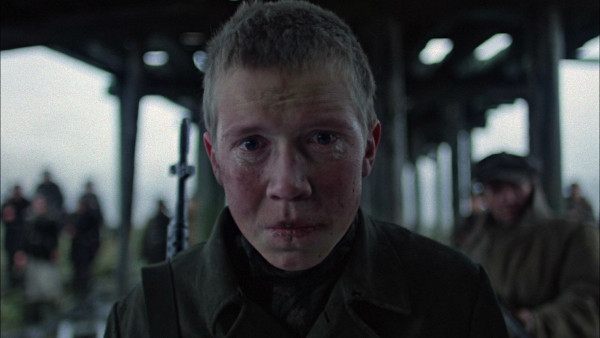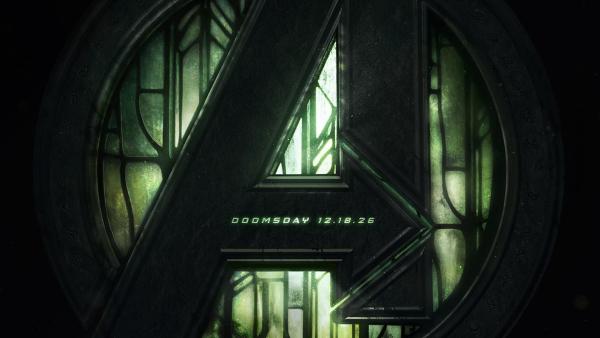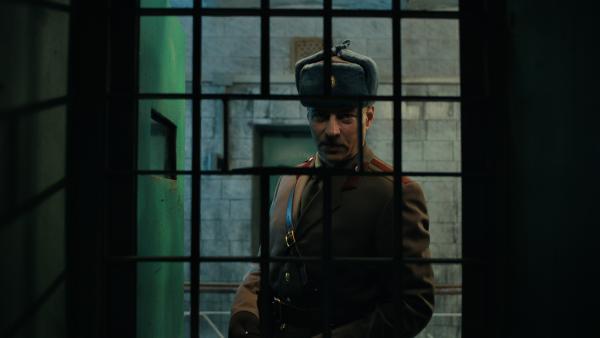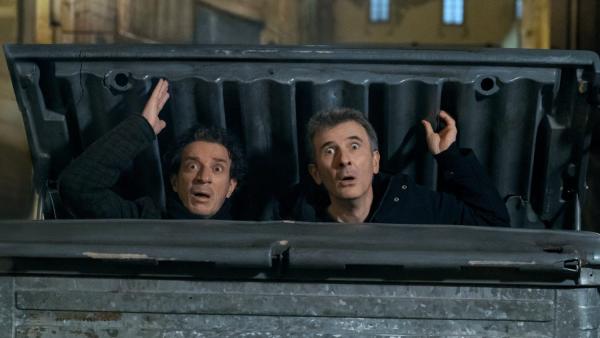
Movies / Features
40 Years Ago This Film Was Hugely Controversial, Now It Is Seen As One Of The Greatest War Films Of All Time
'Come and See' powerfully captures the chilling reality of war, showcasing its brutal impact on humanity.
It is not uncommon for a film to be released and receive a significantly controversial reception. This was certainly the case when the Soviet film Come and See premiered in 1985, as it was immediately labeled as one of the most disturbing war films ever made. What causes this perception?
The film's director, Elem Klimov, crafted the story based on the Nazi invasion of Belarus in 1943. It follows the viewer through the eyes of a young partisan fighter named Florya. What ensues is not a heroic epic, but rather a hallucinatory, nightmarish glimpse into the horrors of war.
At the time, numerous film critics labeled Come and See as overly shocking. Criticisms were directed at the long takes, the intense sound design, and the camera's unyielding focus on the protagonist's terrified expressions.
Klimov did not aim for a typical propaganda piece. The visuals are not heroic but exceedingly raw. Consequently, some critics deemed the film too extreme for audiences, while it was seen in the West as a moral propaganda tool, which was quite the opposite of its intention.
In the decades following the Cold War, the perception of Come and See has changed dramatically. Whereas some viewed it as too confrontational or political in the 1980s, it is now celebrated worldwide as a masterpiece.
Today, the film is regarded as one of the most realistic depictions of war on film, continually ranking highly in lists of the greatest war movies of all time. It serves as a stark reminder of the human cost of war, inspiring many other filmmakers in its wake.
The film's director, Elem Klimov, crafted the story based on the Nazi invasion of Belarus in 1943. It follows the viewer through the eyes of a young partisan fighter named Florya. What ensues is not a heroic epic, but rather a hallucinatory, nightmarish glimpse into the horrors of war.
Problematic
At the time, numerous film critics labeled Come and See as overly shocking. Criticisms were directed at the long takes, the intense sound design, and the camera's unyielding focus on the protagonist's terrified expressions.
Klimov did not aim for a typical propaganda piece. The visuals are not heroic but exceedingly raw. Consequently, some critics deemed the film too extreme for audiences, while it was seen in the West as a moral propaganda tool, which was quite the opposite of its intention.
Reappraisal
In the decades following the Cold War, the perception of Come and See has changed dramatically. Whereas some viewed it as too confrontational or political in the 1980s, it is now celebrated worldwide as a masterpiece.
Today, the film is regarded as one of the most realistic depictions of war on film, continually ranking highly in lists of the greatest war movies of all time. It serves as a stark reminder of the human cost of war, inspiring many other filmmakers in its wake.










